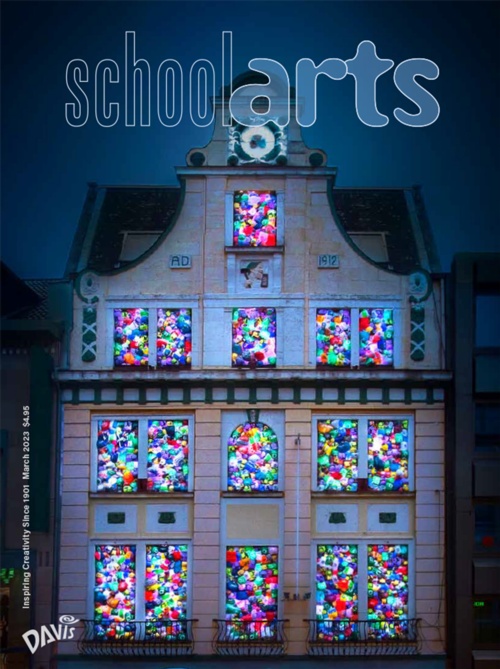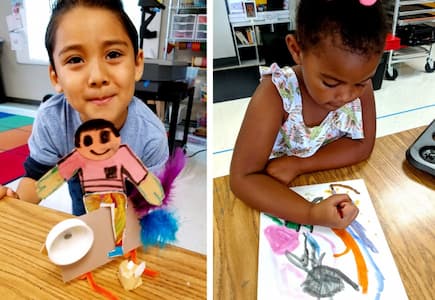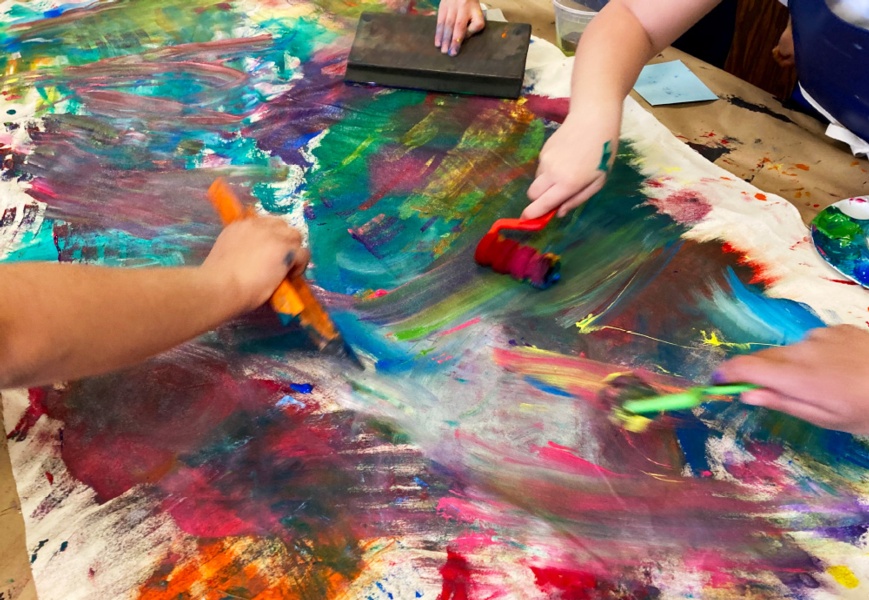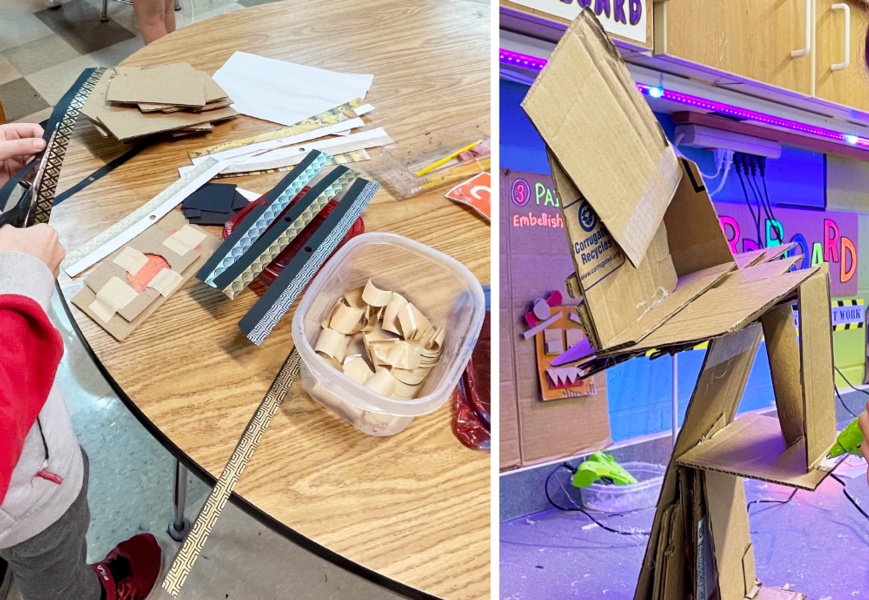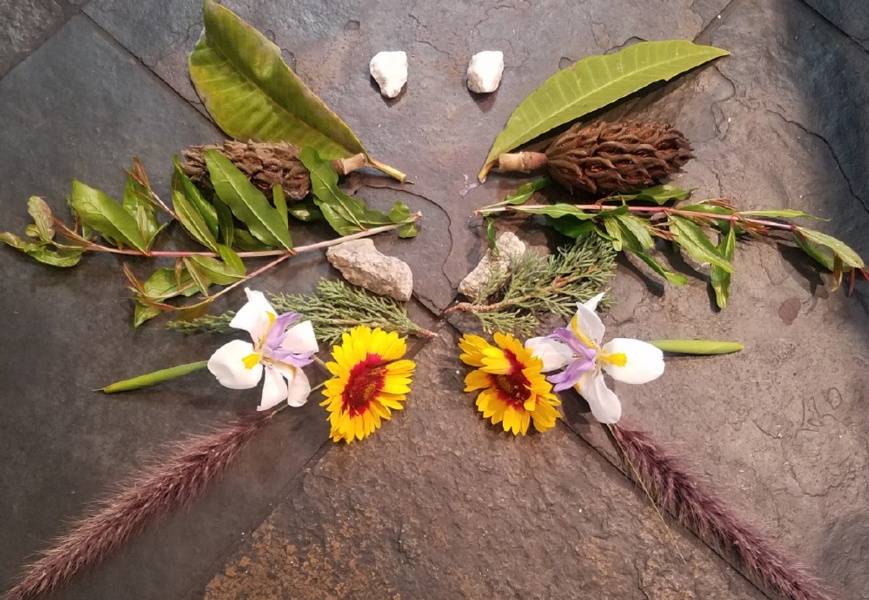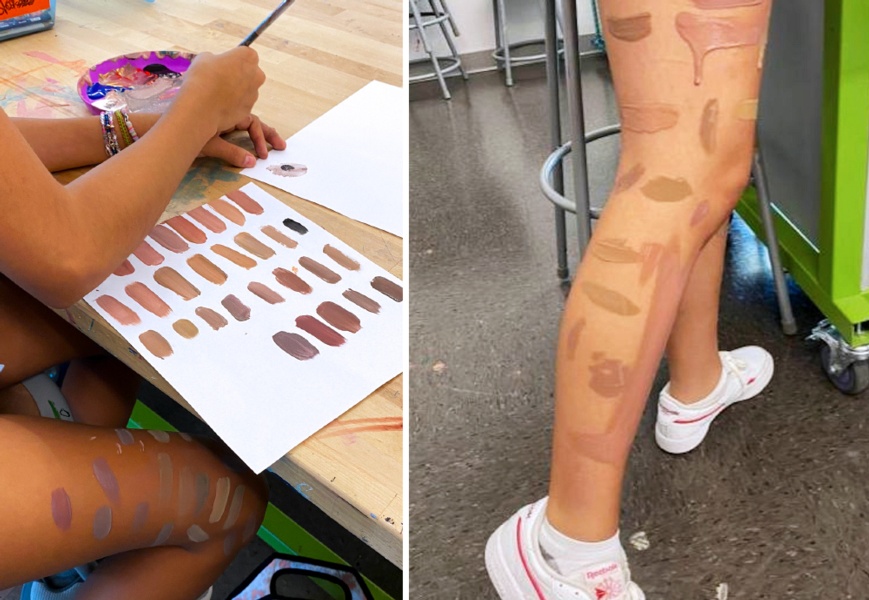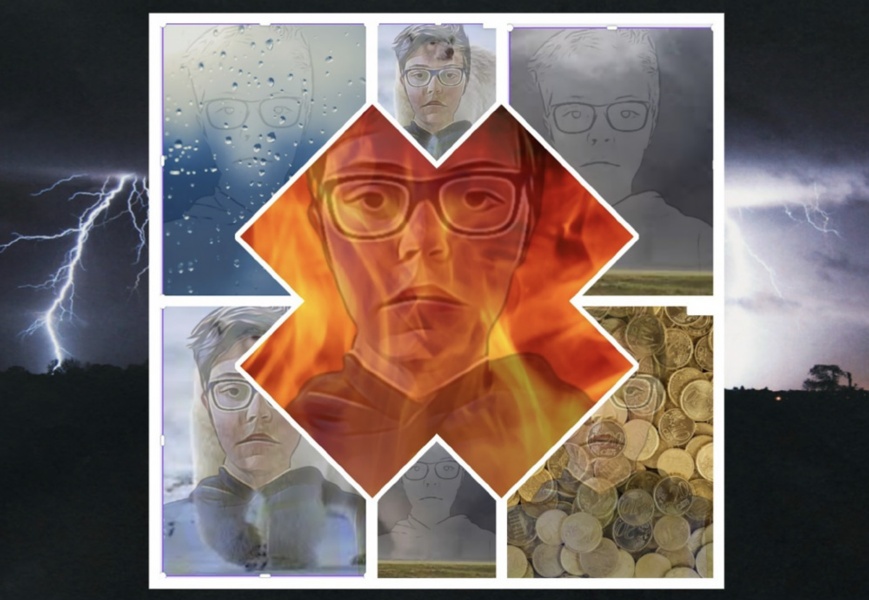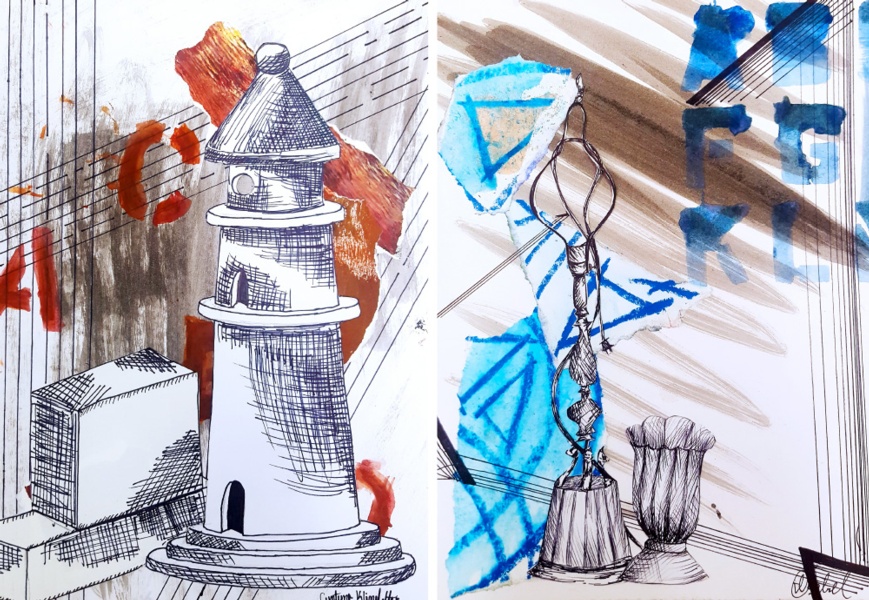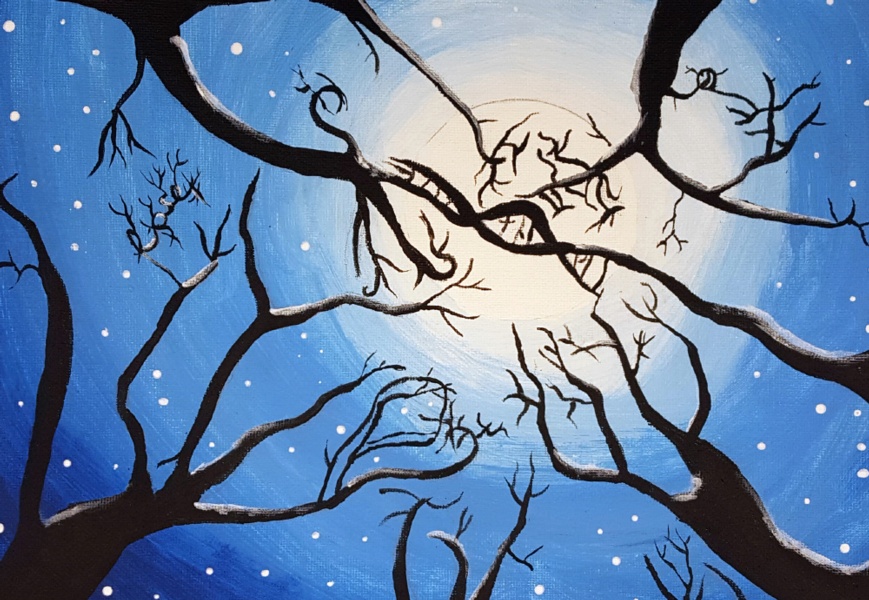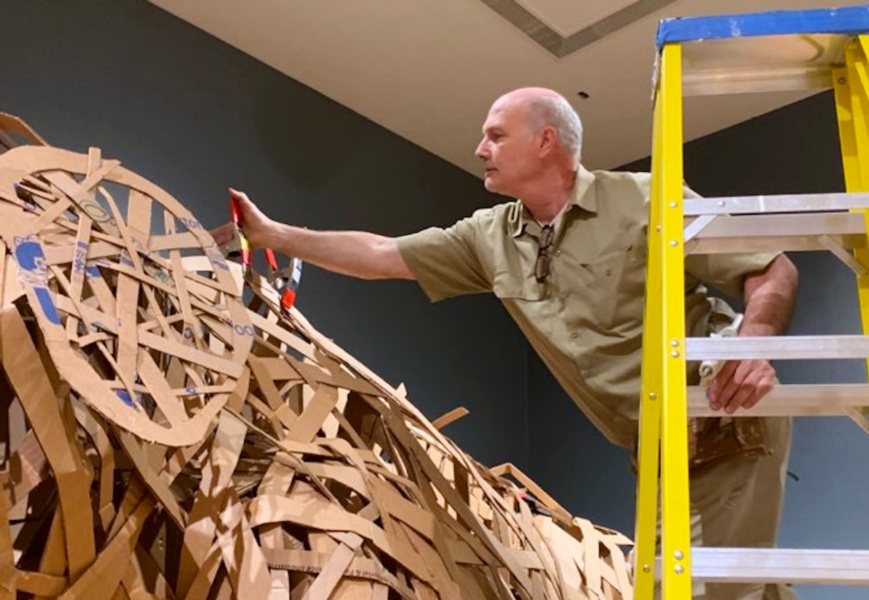
Co-Editor’s Letter: Choice
I want to welcome the readership of SchoolArts to this special edition focused on choice-based art education and Teaching for Artistic Behavior (TAB). I was delighted when Nancy Walkup suggested we select authors whose specialty is child-directed art experience. Nancy and I have assembled a diverse group of choice-based and TAB educators whose expertise is well-known among their peers. We hope this issue will provide you with support and inspiration!
Read Article
